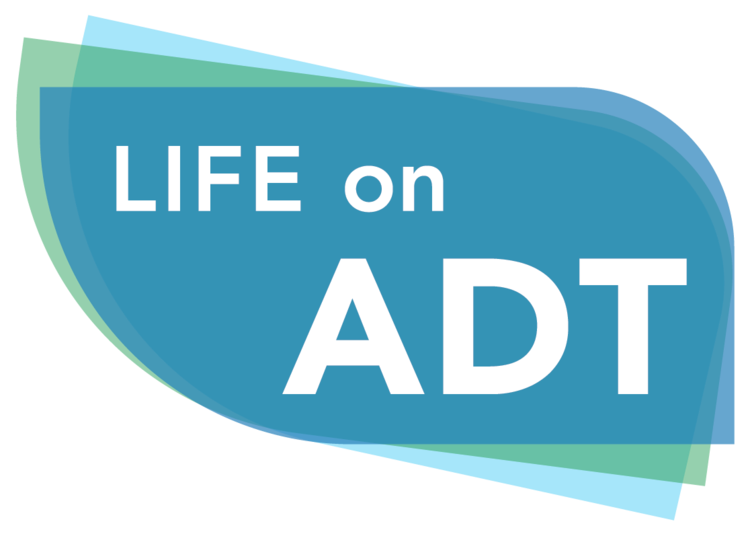In the last few years there have been a slew of studies involving standard ADT (i.e., with LHRH agonists or antagonists) combined with other drugs to treat various prostate cancer populations. These populations include both patients whose cancer is hormone sensitive as well as those who are castrate resistant.
The drugs that are being combined with ADT included both taxane chemotherapy and various androgen receptor targeting agents (ARTAs; i.e., the second generation anti-androgens and abiraterone plus prednisone). The studies are so numerous now that it is hard to keep them all straight. Thus, it is a joy to see a pros and cons discussion of the merits of the various drug combinations in ESMO-OPEN, a journal of the European Society for Medical Oncology.
The patient population addressed in the in the ESMO-Open paper are men with metastatic prostate cancer that can still be controlled with hormonal therapy. The relatively new standard of care for these patients is ADT plus an ARTA. That would be a form of doublet therapy. Another doublet therapy though would be ADT combined with chemotherapy.
The authors present the cases, both for and against going with triplet therapy in the form of ADT + an ARTA + chemo for this patient population. With overall survival as a primary outcome, the authors conclude that this “up front triplet combination …will become a new standard of care for fit men with de novo metastatic hormone sensitive prostate cancer”.
However, when discussing the case against triplet therapy, the authors point out that in much of the world these men will have been previously treated for localized disease and they should be distinguished from those who are first diagnosed with metastatic, but still castrate sensitive, disease. The men, who have been pretreated for localized disease, are likely being followed closely with PSA tests and may have a relatively low tumor burden when diagnosed with metastatic disease. The authors argue this should be taken into consideration when deciding to move from doublet to triplet therapy. Given the heightened adverse side effect risk in tripled therapy, these patients may be better off staying on a doublet therapy protocol. All of these treatments have substantial side effects burdens and thus the overall health of the individual patient, such as the risks of hypertension and liver toxicity, should be taken into consideration when moving from doublet to a triplet therapy.
We are optimistic that there will be substantial refinements in the next few years about when it is best to use hormone intensified treatments and which treatments will be best for specific patient populations. A driving factor here is the availability of higher quality imaging of tumors and improvements in tumor targeted treatments. Treatment protocols are also likely to change as we learn more about the genetics behind metastatic prostate cancer and get a better sense of when to start a patient on triplet therapies given their genetic profile and comorbidities.
Reference:
Oing, C., & Bristow, R. (2023). Systemic treatment of metastatic hormone-sensitive prostate cancer-upfront triplet versus doublet combination therapy. ESMO open, 8(2), 101194.
